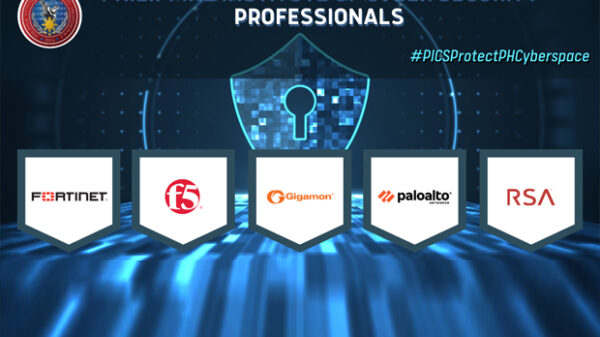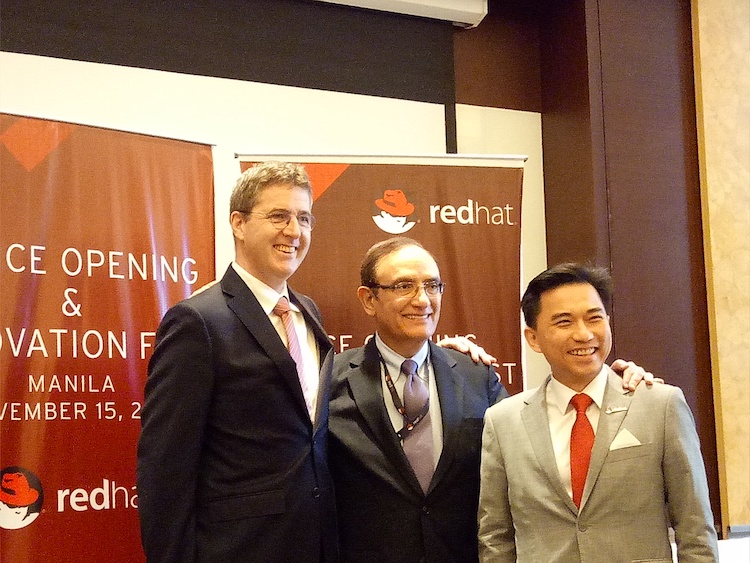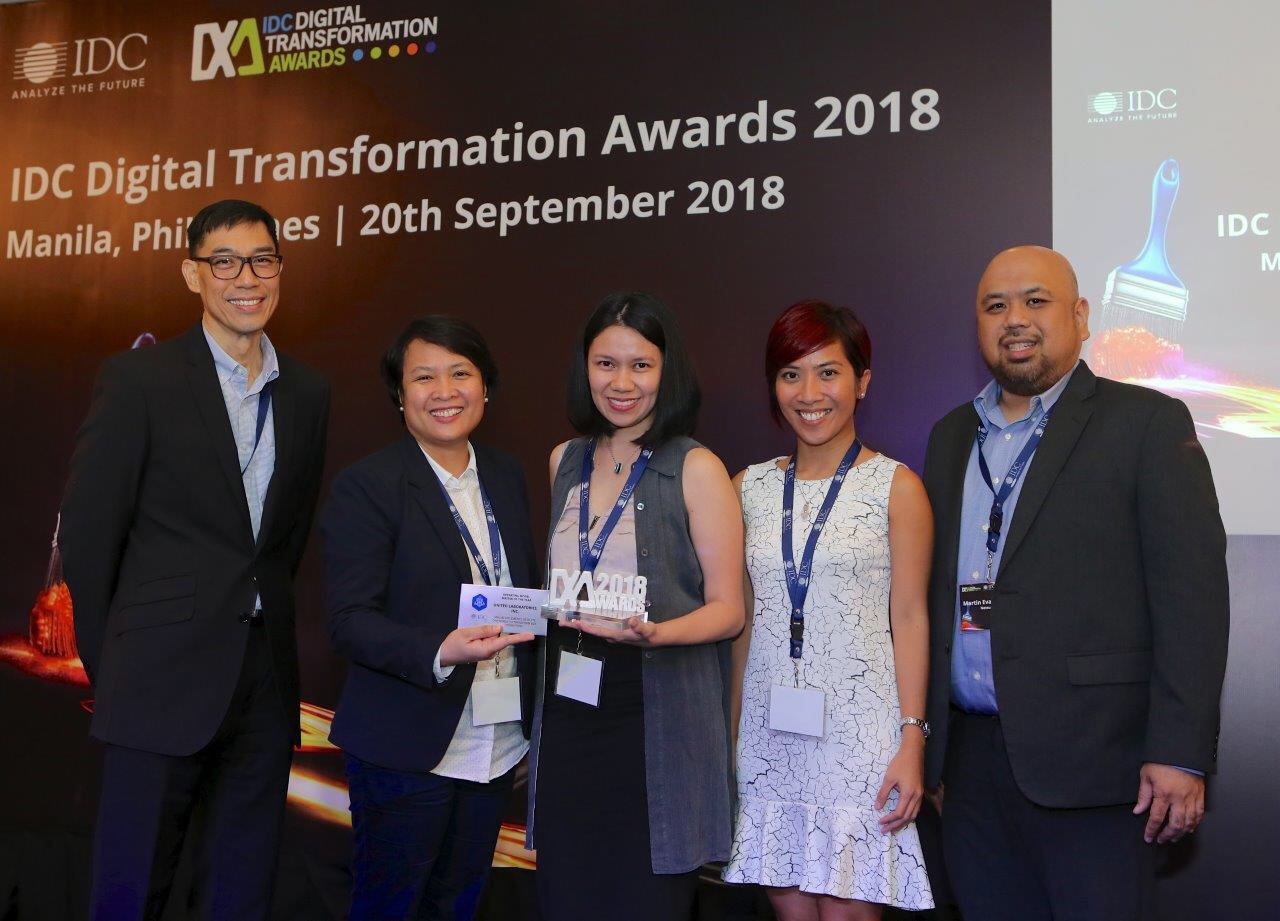By Jobert David, Senior Solutions Consultant, F5 Networks Philippines
It has been more than a century since the industrial revolution, the era that transformed how we manufacture, well, everything. Now, we are in the midst of the Fourth, which is characterized by the fusion of technologies that is blurring the lines between the physical and digital worlds. Companies are embarking on new digital ways of doing business as they look for ways to make data smarter to enable unprecedented levels of efficiency, agility and productivity.
Technologies—from mobile to cloud—have become integral to every business regardless of industry, with businesses failing to set an efficient digital strategy and maximize the impact of digitalization risking being left behind. But while data serves as the backbone of digital transformation, software applications (apps) are where the magic happens, with businesses already using an average of over 200 applications.
Mobile has become a significant driver of software solutions and apps created, and the coming wave of the Internet of Things (IoT) will only accelerate this trend. The Philippine Export Development Plan is factoring in trends in IoT, among others, on the back of the positive outlook for the local electronics industry for 2018. The industry’s 2017 performance—11 percent growth from 2016’s $29.4 billion—reflects strong demand for communication/radar, electronic data processing, and telecommunication, to name a few. To boost their services and take advantage of technological advancements brought about by the Internet of Things (IoT), local telco providers are already planning to upgrade their networks to support emerging services which require higher frequency spectrum.
Let’s take a step back and rewind a few years—or decades—to visualize the history of apps. Apps popularly started out as a means of communication (call, SMS), which then evolved into a platform for content consumption in the early stages of data (news, MMS and YouTube), and finally to what we now define as demand services (food delivery, transport and e-commerce). At present, some apps such as WeChat are able to encompass all three “functions.”
How did all this happen? Let’s take a look at how apps became such a vital part of our lives and the dramatic change and development they went through.
The Need for Faster Communication
The world’s first mobile phone call was made on April 3, 1973 by Martin Cooper, a senior engineer at Motorola. It wasn’t until 1983, however, when the first commercially viable mobile phones went on sale in the U.S., with each retailing at a cool US$4,000. The first text message (SMS) was sent in 1992.
The mobile phones available then were large and bulky, and innovation was driven by the desire to communicate untethered. It was this desire that drove the evolution of communication technologies—from simple phone calls and text messages such as SMS to real-time conversations and interactions through new app features such as video calls. A rich user experience soon followed as app developers came under pressure to keep their apps updated while keeping the app simple and easy to use—or risk losing users to apps from the competitors.
Mobile phones made instant communication possible. This is what faster communication is all about—making communication services available and reliable while being responsive and continuously innovative. This same need for speed persists till today.
Creating Smarter Content
With near-instant communication having been achieved, the next step in the process of evolution was in providing content.
Before iOS and Android, there was IBM’s Simon, the first ever smartphone. It was launched in 1994 and had more than 10 built-in apps.
In addition to being communication devices, mobile phones were starting to function as a platform for content consumption. Nowadays, consumers and end-users are able to consume content on the go, without having to sit in front of desktop PCs. Videos, music, games—these are now all available at the tip of the fingers. In fact, most websites implement modern web protocols to dynamically show attractive animations and track user behavior to offer the best communication or follow up with consumers.
At the heart of it all, this enriched content is all about elevating the end-user experience to gain the loyalty of customers. Smarter content creates this through analyzing and tracking of user behavior to create personalized customer interactions based on intelligent user recognition.
Satisfying the Demand for Safer Experiences
Living in today’s digital world revolves around mobile applications—from waking up in the morning, doing a quick meditation exercise to navigate the route to the office or making a dinner reservation. Applications enable people to do almost anything, making everything just a click away. The idea of true intelligence—be it smart cities, smart homes, smart health and smart retail—is growing.
In addition, the sharing economy is quickly gaining traction on the back of the speed and convenience it delivers. This increasing reliance on applications, however, calls for increased vigilance. Consumers today are willing to sacrifice personal information to shave off a few seconds of waiting. This means businesses that own these applications are creating an entire ecosystem of devices and data that are interconnected—an ideal treasure trove for cybercriminals. A cyberattack will cause more than revenue loss, but loss of reputation as well, prompting customers to switch to alternative services.
What’s next?
With the growth of applications, organizations of all sizes are now adapting to the new digital economy by relying on the cloud to deliver the speed necessary for digital transformation projects. While the names of critical vulnerabilities and insidious malware may have changed, the underlying security threat is still there for consumer and corporate data.
This means that any successful application would have to be fast, responsive and personalized while providing customers peace of mind. This would require organizations to look to application-centric solutions to ensure faster, smarter and safer applications.














































































































